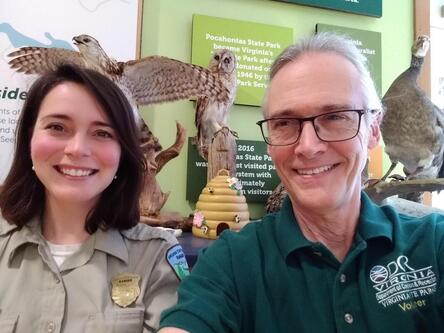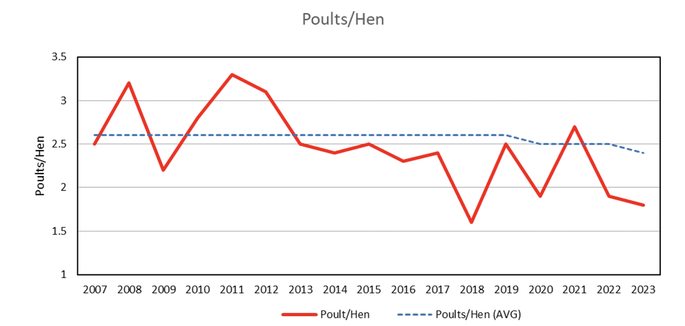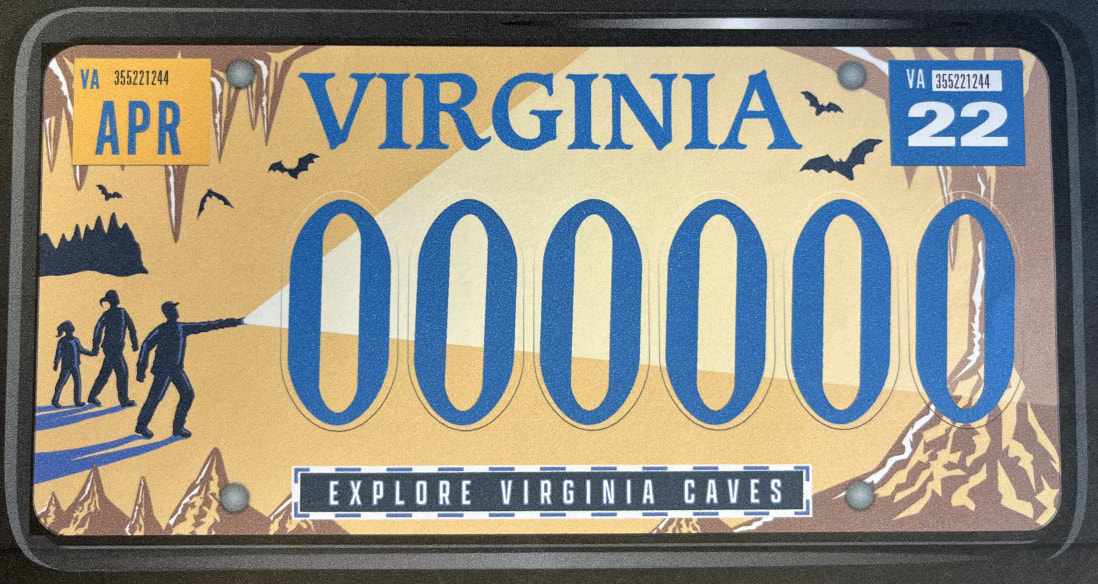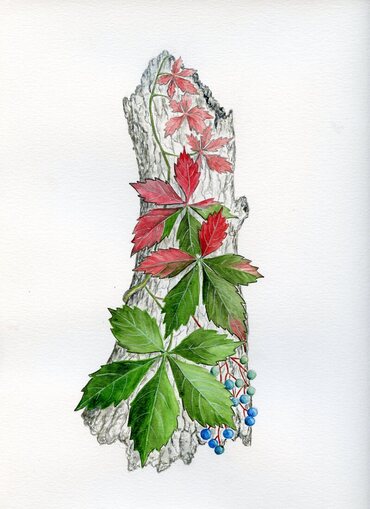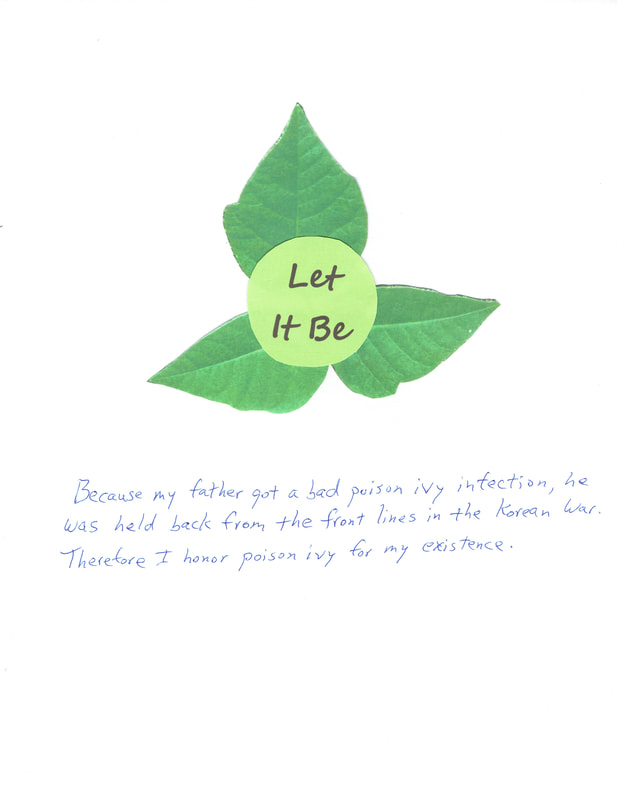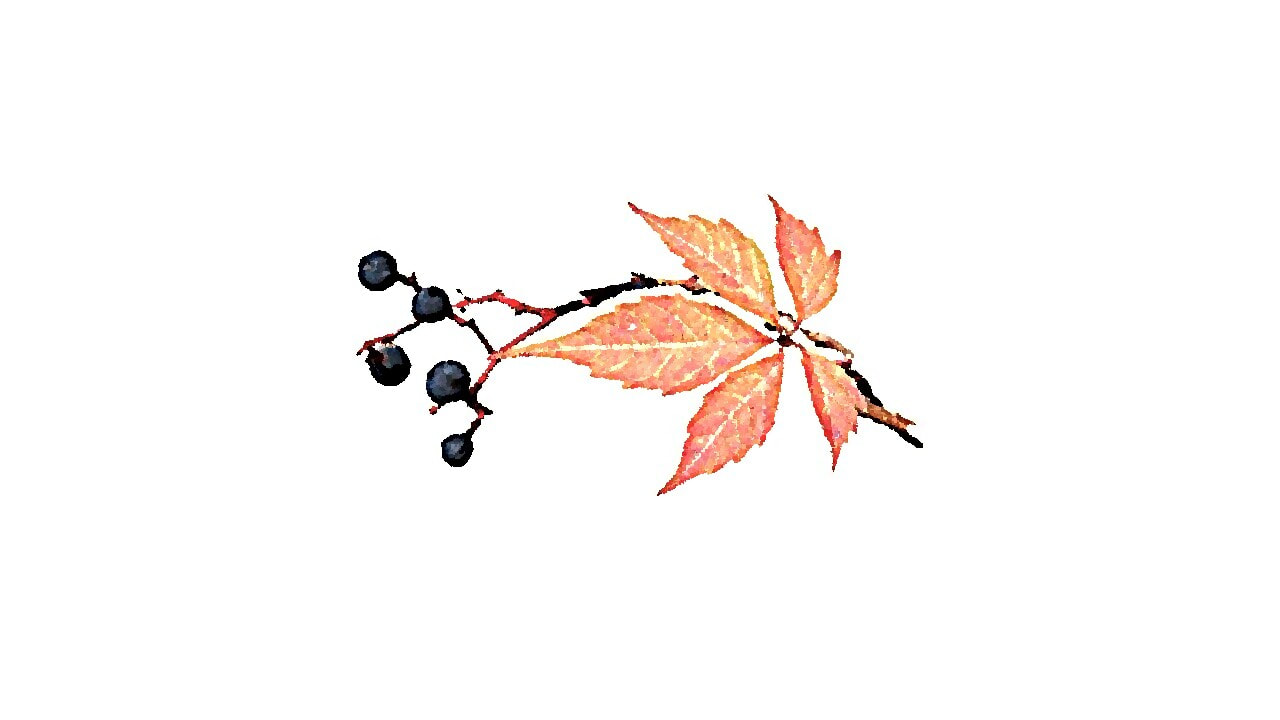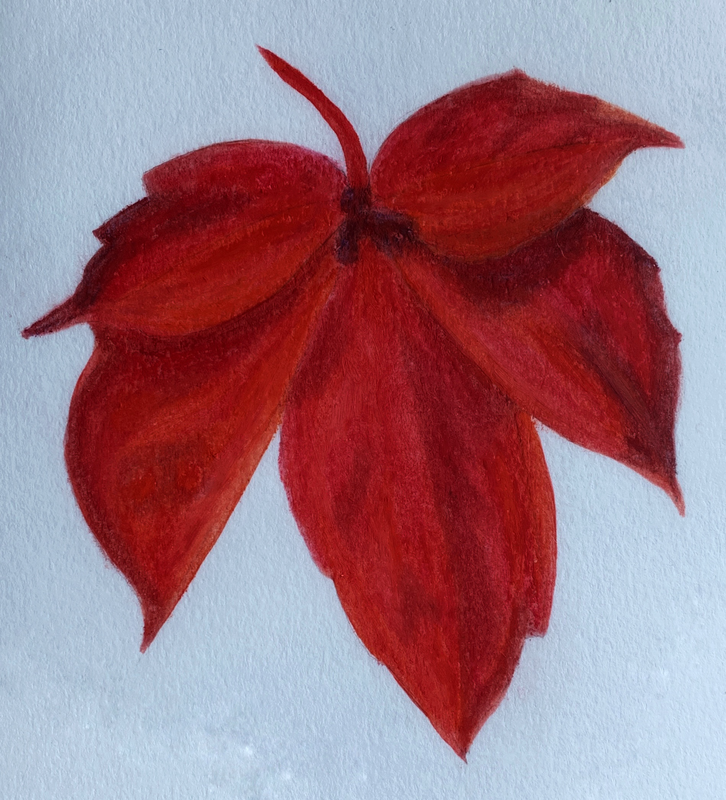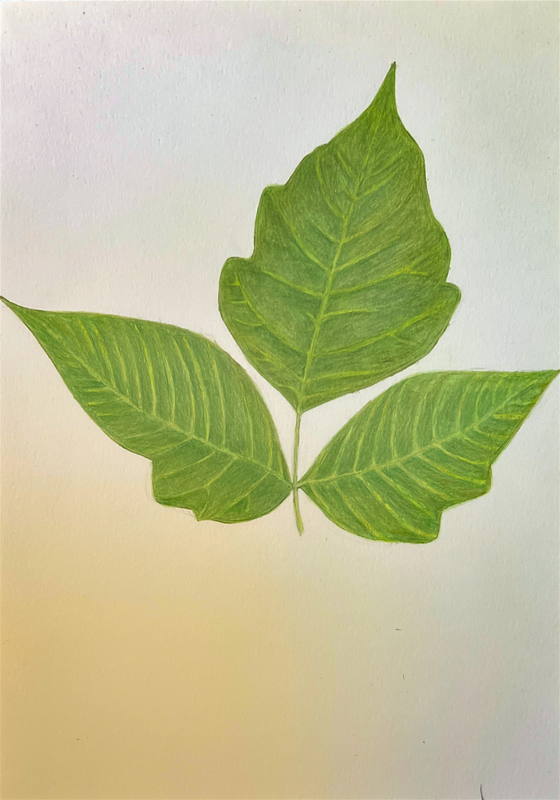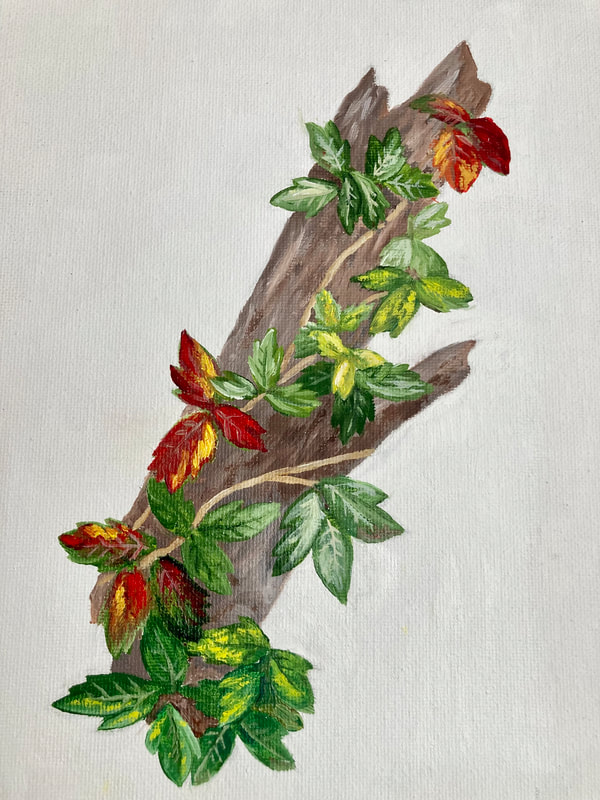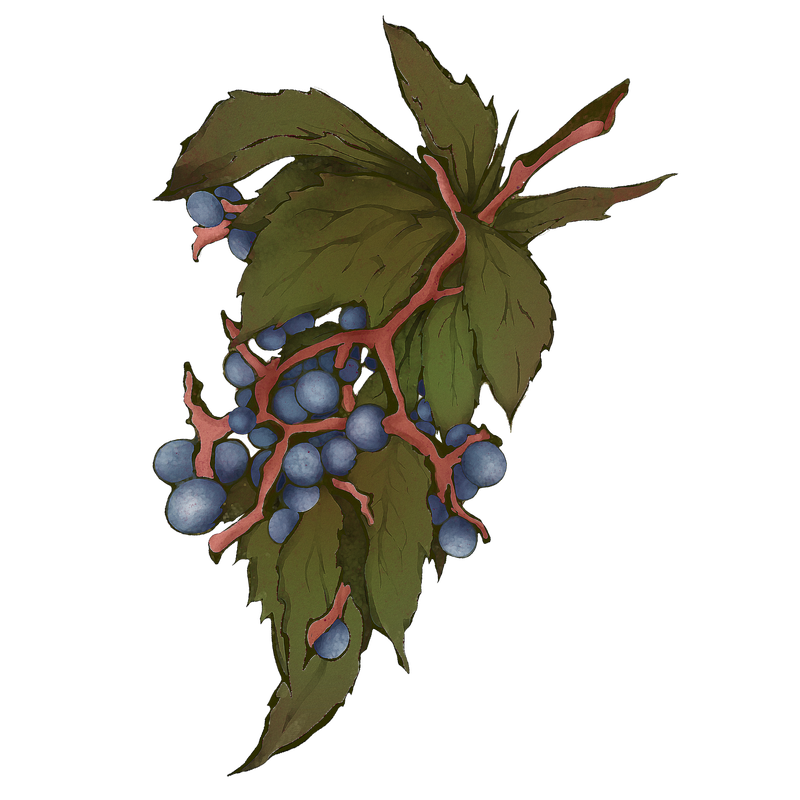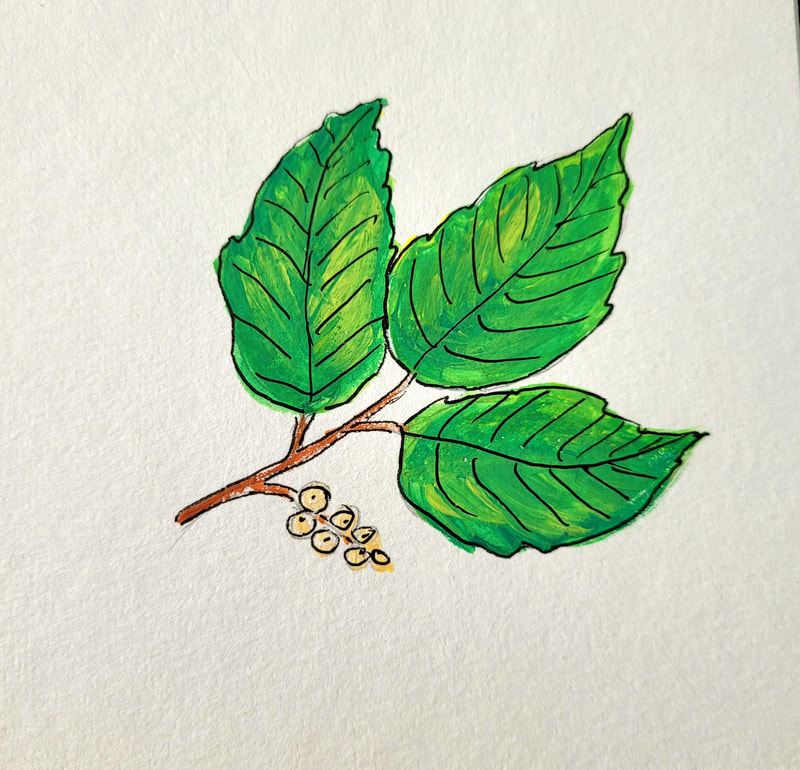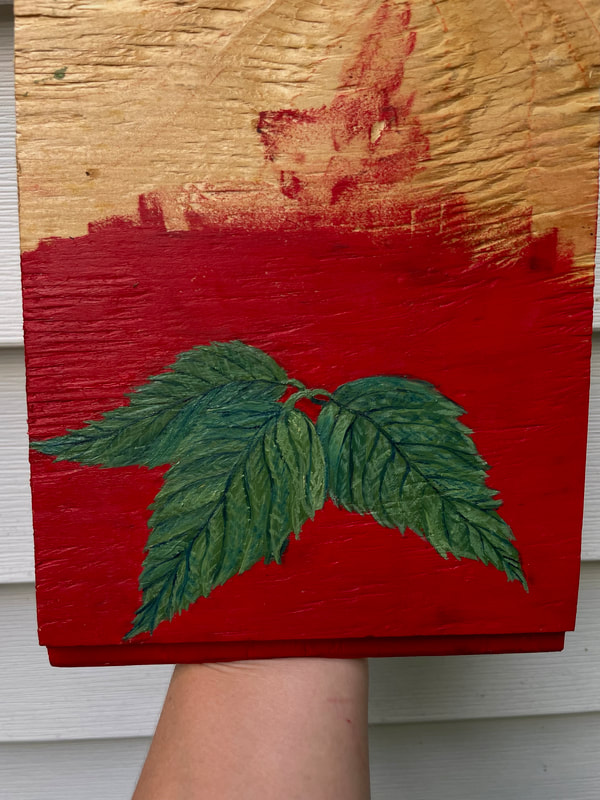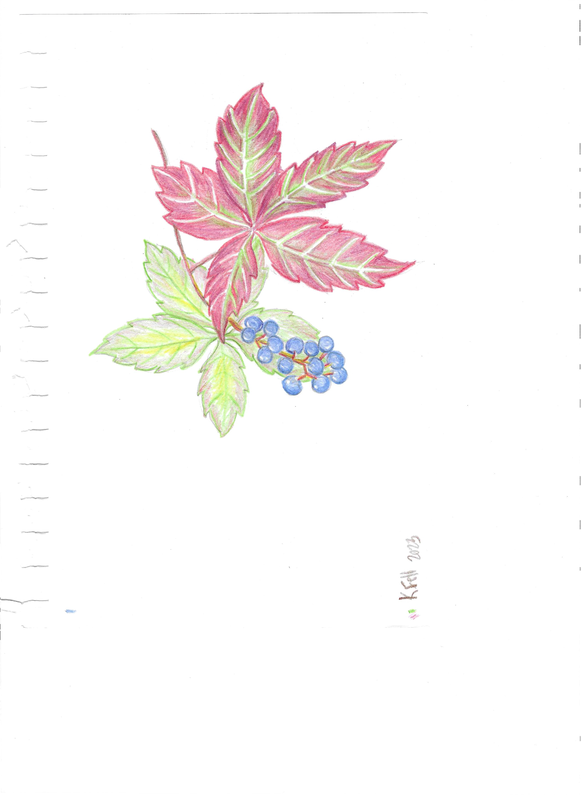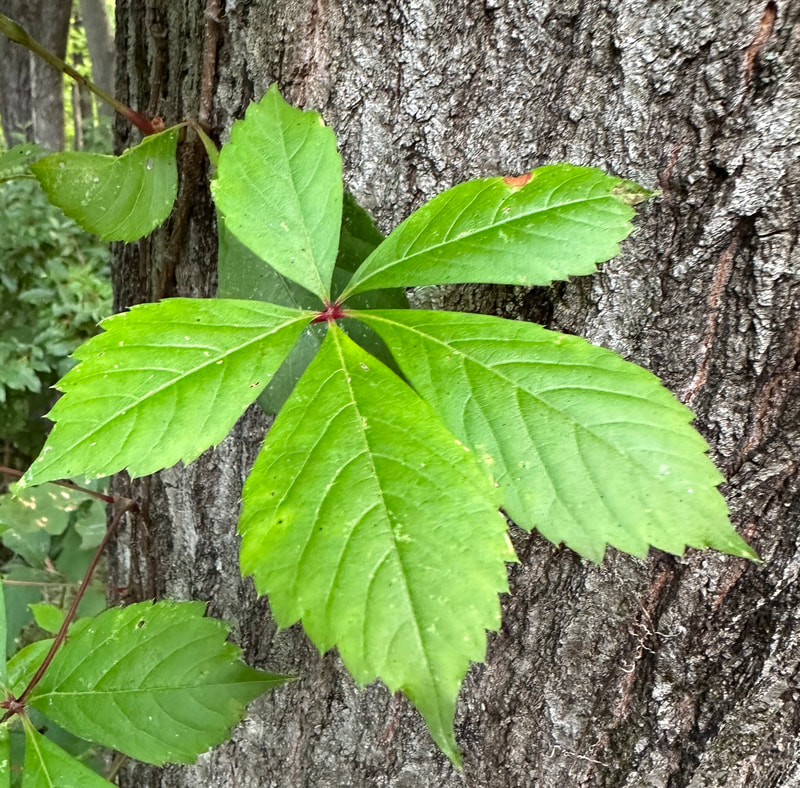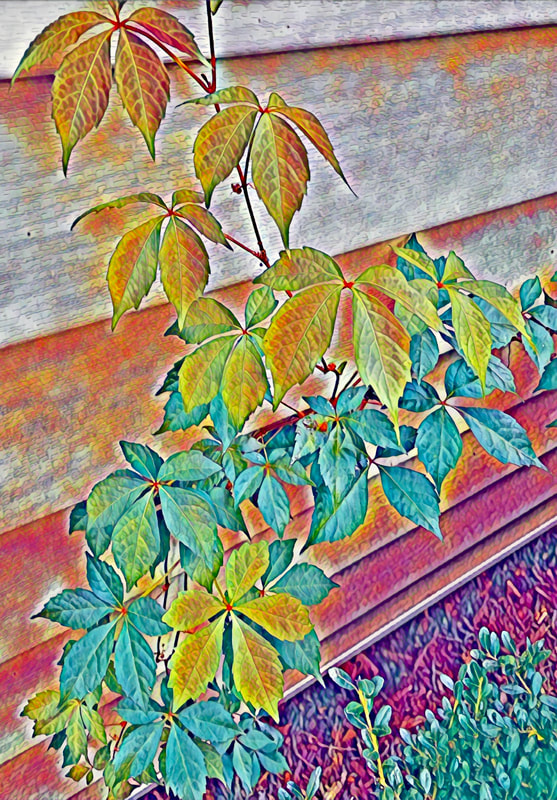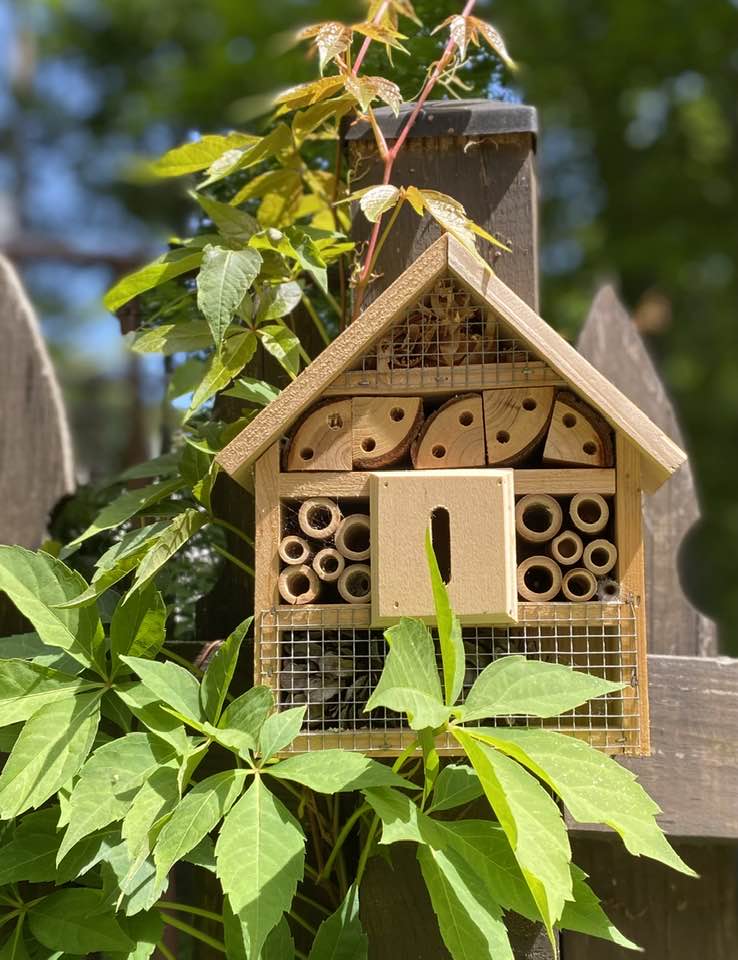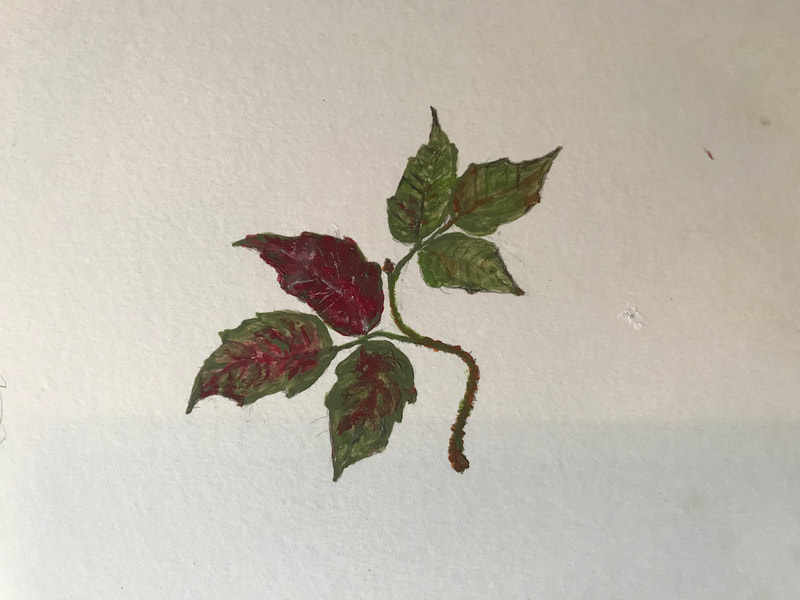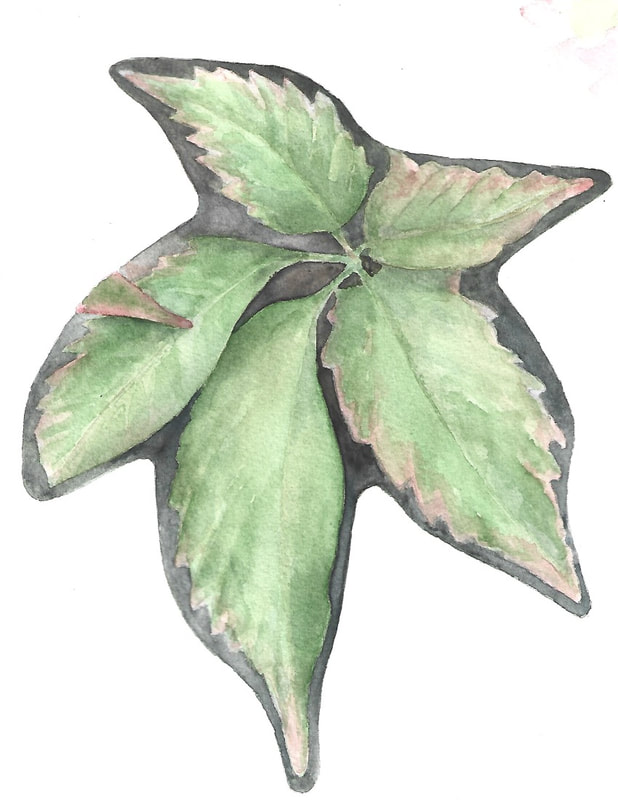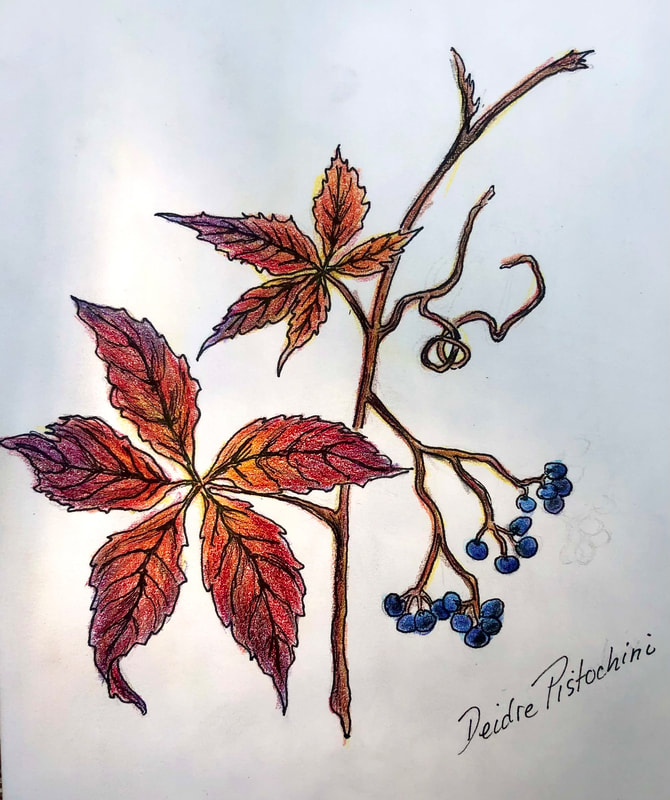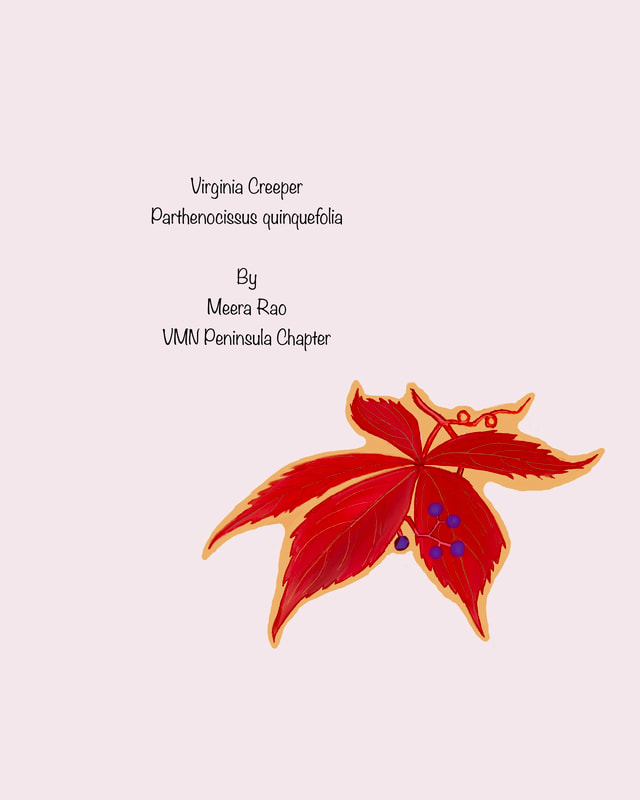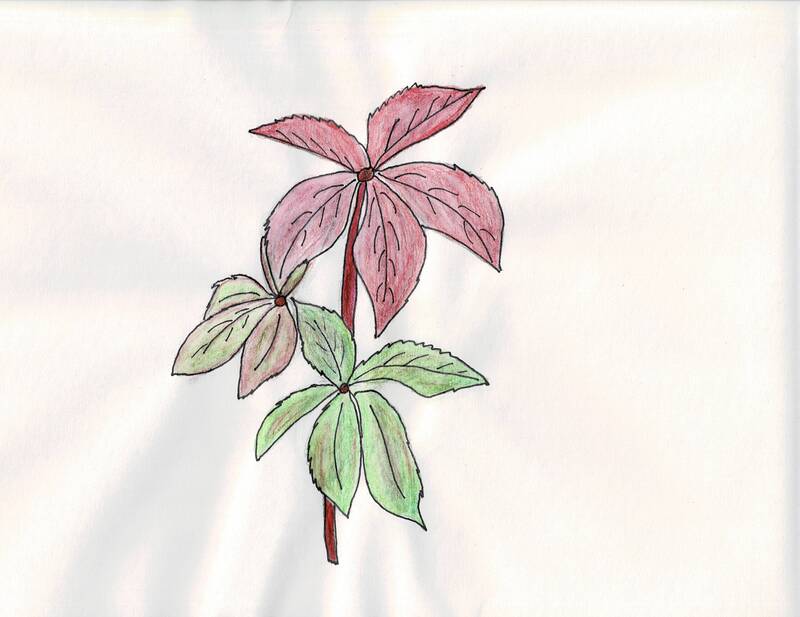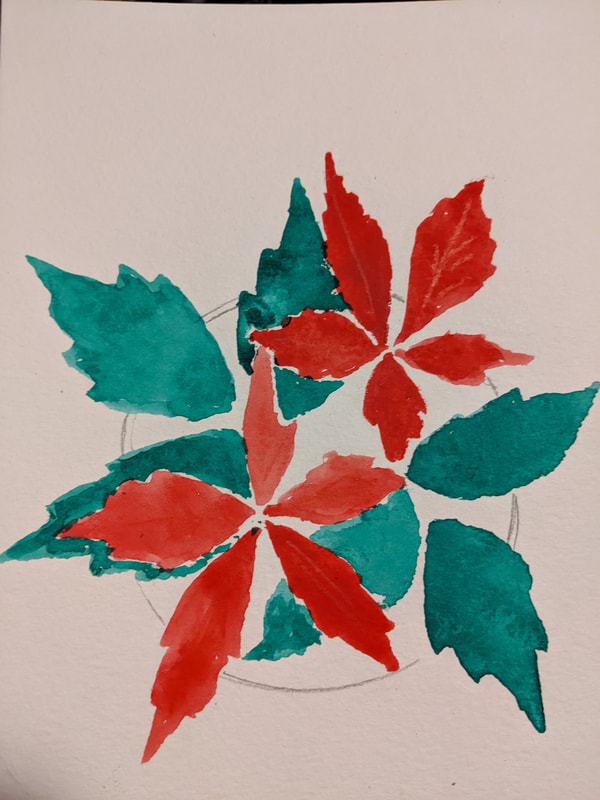Seeking Nominations for the 2023 VMN Statewide Program Awards
- Chapter Leader of the Year
- Volunteer of the Year
- New VMN Volunteer
- Most Impactful Project
- Chapter Advisor of the Year
- Diversity & Inclusion Award.
These awards will be judged by the VMN statewide office team and one or more VMN sponsoring agency representatives. We will announce the winners in either late December or January. To submit a nomination, please send the information requested for that particular award to Michelle Prysby. Nominations are due by December 4 at 5:00 pm. You can find this year’s award nomination information below. You also can learn about our 2022 award winners!
Chapter Leader of the Year
This award is intended to recognize a volunteer for extraordinary service as a leader in their chapter. The person could be a board member, committee chair or committee member, or any other type of leader in the chapter, so long as their work involved chapter administration of some sort and demonstrated leadership.
In your nominations, please include the following:
- Name, email address, and VMN chapter affiliation of the nominator
- Name, email address, VMN chapter affiliation, and leadership role(s) for the nominee
- Description of why the volunteer should receive the award, limited to 400 words. Please include a description of the volunteer’s contributions this year and why they stood out to you.
- One photo that illustrates the nominee and their service. Please attach the photo as a separate file (not embedded in a document), include photo credits, and make sure we have the photographer’s permission to use the photo.
Volunteer of the Year
This award is intended to recognize a volunteer who has made outstanding contributions to natural resource education, citizen science, and/or stewardship. Criteria we consider include the impacts the volunteer has made on natural resource conservation and education, ways the volunteer has impacted or influenced other volunteers, and impacts the volunteer has had on their community, all in the context of the volunteer’s VMN service. There is no minimum requirement for amount of hours or length of service for a volunteer to receive this award. Our focus is on the last one to two years of service.
In your nominations, please include the following:
- Name, email address, and VMN chapter affiliation of nominator
- Name, email address, and VMN chapter affiliation of the nominee
- Description of why the nominee should receive the award, limited to 400 words. You may choose to include a description of the individual’s service, specific examples of positive impacts made, aspects that make the individual stand out from other volunteers, and quotes from other volunteers or local partners. Please place your primary focus on the last 1-2 years of the volunteer’s service.
- One photo that illustrates the nominee and their service. Please attach the photo as a separate file (not embedded in a document), include photo credits, and make sure we have the photographer’s permission to use the photo.
New VMN Volunteer
This award is intended to recognize a new volunteer who completed or will complete basic training in 2023 and has been highly engaged during and after the training. The volunteer may have completed many volunteer hours, started a new project, helped on a chapter committee, or been engaged in other ways. In your nominations, please include the following:
- Name, email address, and VMN chapter affiliation of the nominator
- Name, email address, VMN chapter affiliation, and basic training graduation date of the new volunteer
- Description of why the volunteer should receive the award, limited to 400 words. Please include a description the volunteer’s activities and contributions this year and why they stood out to you.
- One photo that illustrates the nominee and their service. Please attach the photo as a separate file (not embedded in a document), include photo credits, and make sure we have the photographer’s permission to use the photo.
Chapter Advisor of the Year
This award is intended to recognize a chapter advisor who has made significant and noteworthy contributions to a VMN chapter within the last 1-2 years. In your nominations, please include the following:
- Name, email address, and VMN chapter affiliation of the nominator
- Name, email address, and VMN chapter affiliation of the chapter advisor
- Description of why the chapter advisor should receive the award, limited to 400 words. Please include specific examples of how the chapter advisor has helped the chapter run effectively, make positive impacts in the community, or otherwise achieve its goals.
- One photo that illustrates the chapter advisor and their service. Please attach the photo as a separate file (not embedded in a document), include photo credits, and make sure we have the photographer’s permission to use the photo.
Most Impactful Project
This award is intended to recognize a project that has made significant and noteworthy positive impacts for natural resource education, citizen science, and/or stewardship this year. Our focus is on projects for which the VMN chapter played a significant, unique role in creation, implementation, and leadership (rather than projects that were created and run by another organization.) These awards go to the chapter, not to an individual, so the expectation is that multiple members of the chapter be involved in the project. The project need not have started this year, but it should have had significant impacts this year.
In your nominations, please include the following:
- Name, email address, and VMN chapter affiliation of the nominator
- Name, email address, and VMN chapter affiliation for any primary VMN volunteer contacts for the project
- Description of why the project should receive the award, limited to 400 words. Please include a description of the project goals, activities completed, and impacts and outcomes for natural resources in your community and/or for your chapter. Include the roles and contributions of VMN volunteers to the project. Identify any significant partners for the project.
- One photo that illustrates the project. Please attach the photo as a separate file (not embedded in a document), include photo credits, and make sure we have the photographer’s permission to use the photo.
Diversity & Inclusion Award
This award is intended to recognize efforts to engage underrepresented audiences and efforts to increase diversity and inclusion throughout the VMN program and the educational programs volunteers provide in their communities. It could be a particular service project that the chapter did that successfully engaged new audiences, work done by a chapter committee to create new partnerships, work done by chapter leaders to make all members feel more welcome and included in the program, or many other possible efforts. This award will go to the chapter, not to an individual, though we can highlight particular individuals who played a significant role in our awards announcement.
In your nominations, please include the following:
- Name, email address, and VMN chapter affiliation of the nominato
r - Name, email address, and VMN chapter affiliation for any primary VMN volunteer contacts for the diversity and inclusion efforts being nominated
- Description of what the effort or activity was and how it successfully engaged underrepresented audiences or increased inclusion within the VMN program and/or educational programming by VMN volunteers. Identify any significant partners involved in the work.
- One photo that illustrates the effort or activity. Please attach the photo as a separate file (not embedded in a document), include photo credits, and make sure we have the photographer’s permission to use the photo.
Please help us recognize the outstanding people and work of your chapters!
Seeking Nominations for the 2023 VMN Statewide Program Awards Read Post »

